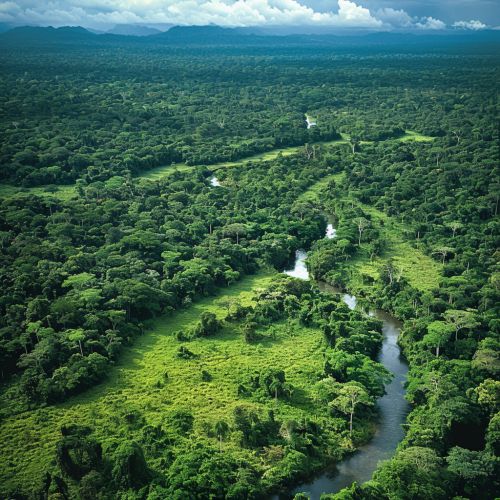Amazon Region Protected Areas Program
Overview
The Amazon Region Protected Areas Program (ARPA) is a comprehensive initiative aimed at the conservation of the Amazon rainforest. Established in 2002, ARPA represents a pioneering effort in the field of large-scale conservation biology. The program's primary objective is to protect the rich biodiversity of the Amazon, while also promoting sustainable use of the region's resources.


History
ARPA was launched in 2002 as a collaborative effort between the Brazilian government, the World Bank, the Global Environment Facility (GEF), the World Wildlife Fund (WWF), and the German government. The program was conceived in response to the escalating threats to the Amazon rainforest, including deforestation, illegal logging, and climate change.
Objectives and Strategies
ARPA's primary objective is to establish a network of protected areas in the Amazon, covering at least 60 million hectares. This represents approximately 12% of the Brazilian Amazon. The program seeks to achieve this through a combination of strategies, including the creation of new protected areas, the expansion of existing ones, and the strengthening of management in all protected areas.
Implementation
The implementation of ARPA is divided into three phases. The first phase (2003-2010) focused on the creation and consolidation of protected areas. The second phase (2010-2018) aimed at consolidating and ensuring the financial sustainability of the protected areas. The third phase (2018-present) is focused on the long-term sustainability of the program.
Achievements
Since its inception, ARPA has made significant strides in the conservation of the Amazon rainforest. As of 2020, the program has supported the creation of 117 new protected areas, covering over 58 million hectares. This represents the largest tropical forest conservation program in history.
Challenges
Despite its achievements, ARPA faces several challenges. These include the ongoing threats of deforestation and illegal logging, the lack of enforcement of environmental laws, and the need for sustainable financing.
Future Directions
Looking ahead, ARPA aims to continue expanding the network of protected areas in the Amazon. The program also seeks to strengthen the management of these areas, promote sustainable use of the region's resources, and enhance the involvement of local communities in conservation efforts.
